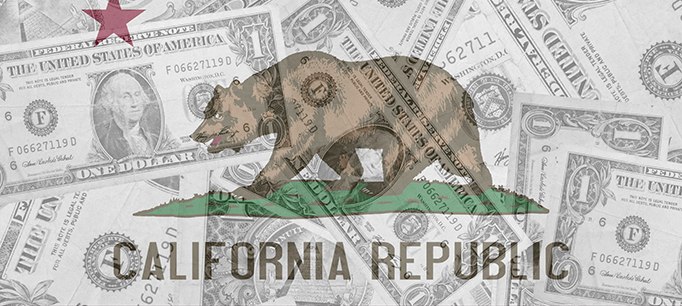The recent PPIC Statewide Survey offers an early snapshot of voters’ choices as we enter the November election cycle. The majority support for Governor Jerry Brown’s reelection and the Proposition 1 state water bond was widely cited in the media last week. But the poll also reveals surprising news about the voters’ overall mood this year: by a wide margin, likely voters would rather pay lower taxes and have a state government that provides fewer services (53%) than pay higher taxes and have a state government that provides more services (41%).
 What is so special about this finding? We have been observing a slow but steady rise in the preference for lower taxes and fewer services since November 2012—when voters approved the Proposition 30 tax increase. In the 24 times since we first asked this question in our February 2003 poll, the preference for lower taxes and fewer services has usually been below 50 percent. Moreover, this preference has never exceeded 55 percent, placing the current reading close to the historic high.
What is so special about this finding? We have been observing a slow but steady rise in the preference for lower taxes and fewer services since November 2012—when voters approved the Proposition 30 tax increase. In the 24 times since we first asked this question in our February 2003 poll, the preference for lower taxes and fewer services has usually been below 50 percent. Moreover, this preference has never exceeded 55 percent, placing the current reading close to the historic high.
This finding seems to run counter to the strong support we found for the Democratic governor and the multi-billion dollar state water bond on the November ballot. It is also seems at odds with another Golden State mega-trend: the steady decline in the number of Republican voters. The secretary of state recently reported that Republicans now account for just 28 percent of the electorate.
While a preference for smaller government has long been expressed by Republicans, the 53 percent of California likely voters who want lower taxes and fewer services are a politically mixed group. Forty- eight percent are registered Republicans and 55 percent are self-described conservatives—which means that many who hold this view are Democratic and independent voters, and see themselves as political moderates. They are predominantly homeowners (81%), and most are white (66%). But only a slight majority are age 55 and older (54%), and less than half are college graduates (41%) or have annual household incomes above $80,000 (44%). So, this likely voter group has a diverse demographic profile.
What do they have in common? Seven in 10 say the state is headed in the wrong direction. Three in four say that the state budget situation—that is, the balance between government spending and revenues—is a big problem for the people of California. Eight in 10 say that major changes are needed in the state budget process in terms of both revenues and spending. In sum, they are the core audience for fiscal restraint and reform.
Governor Brown’s emphasis on fiscal prudence, including the downsizing of the state water bond, seems to have struck a chord here. Among those who prefer a smaller role for state government, one in three are supporting Jerry Brown in the governor’s race. This trend helps to explain the Democratic candidate’s sizable 21-point lead over Republican challenger Neel Kashkari. This group is also leaning toward support for the Proposition 1 state water bond (46% yes, 37% no), helping this multi-billion dollar spending measure to now have a commanding two-to-one lead.
This likely voter group may be a major hurdle for a Democratic Party seeking to regain a supermajority in the state legislature. Seven in 10 of these likely voters say they disapprove of the way that the state legislature is handling its job. Six in 10 say it would be a “bad thing” for the Democrats to gain a two-thirds majority in the legislature in the November election. Only 18 percent say that this would be a “good thing.”
Our poll’s findings on the preferred role of state government suggest that the election is unlikely to result in a mandate for expanding services and raising taxes—they also point to an opening next year to discuss fiscal reforms that the state needs for the 21st century economy.


